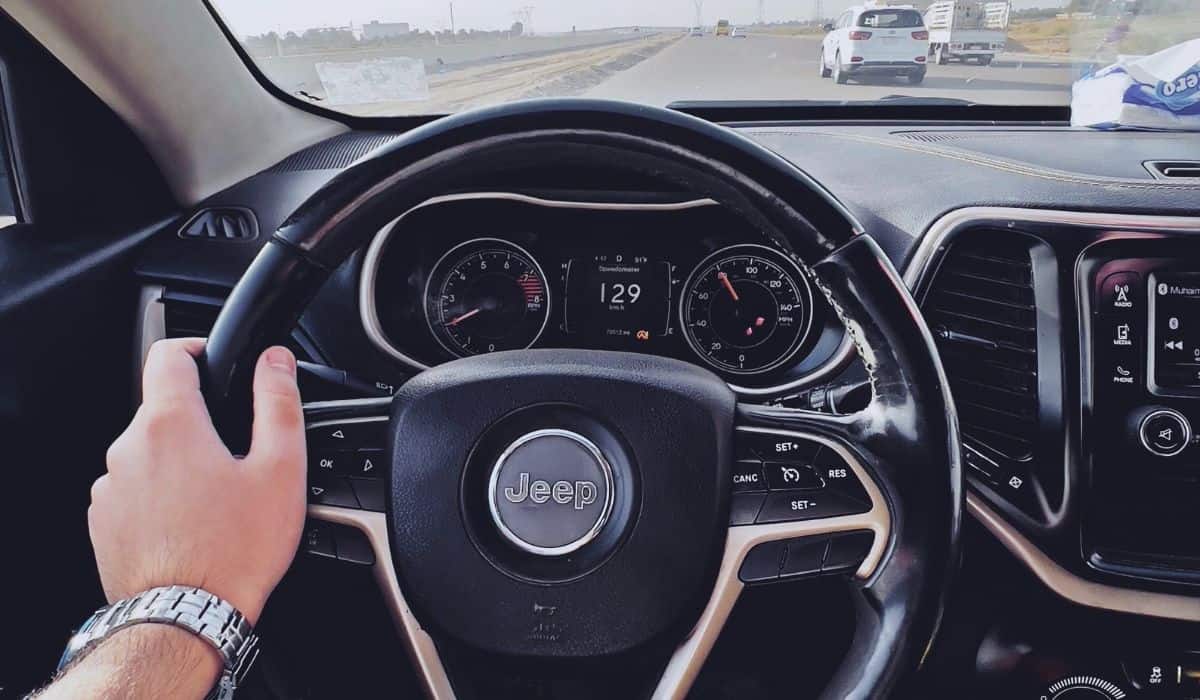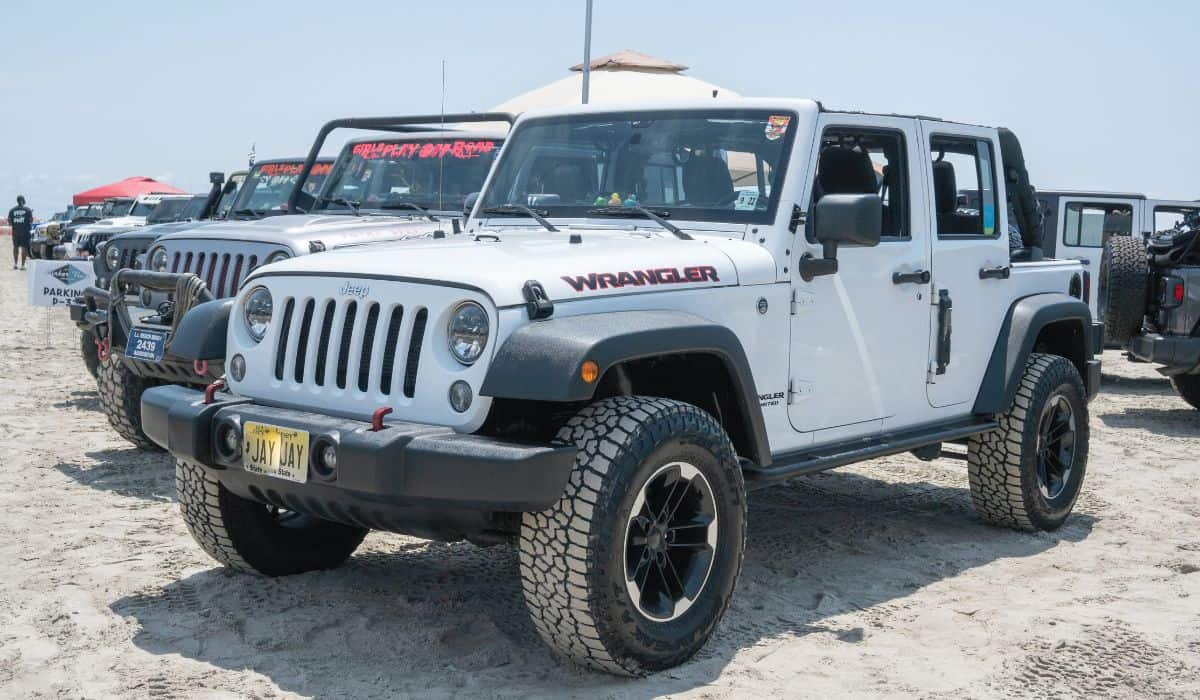What’s Causing My Jeep Wrangler To Sway? Possible Causes & Fixes
The Jeep Wrangler is undoubtedly one of the toughest cars on the road. Tested and tried by many off-roaders and everyday drivers alike, the Wrangler is a reliable ride that can handle just about anything. But even this beast of a vehicle can have bad days, like when it starts to sway unexpectedly. So, what causes a Jeep Wrangler to sway?
A worn-out or damaged sway bar is the most common reason for a swaying Jeep Wrangler. Other possible causes are misaligned or spent suspension parts, improper alignment, or unbalanced wheels. You can fix a swaying jeep by replacing the broken parts, getting a wheel alignment, and fixing the tires.
Vehicle swaying isn’t only uncomfortable, but it can also be dangerous. So if you feel your Jeep Wrangler starting to sway, don’t ignore it — get to a reliable mechanic and have your car checked out. Let’s take a deeper look at some possible causes and fixes for your swaying Jeep Wrangler.
What Causes a Jeep Wrangler to Sway?

The stability of a vehicle is controlled by the sway bar. When the sway bar gets damaged, rusty, or worn out, it can lose effectiveness, resulting in a shaky and swaying vehicle.
This is especially true for off-roaders who have put a lot of stress on the sway bar with their off-roading adventures.
Other than that, suspension components like the shocks or struts can come loose over time and reduce the stability of your Jeep, resulting in a swaying ride. Uneven wear, low pressure, or balding spots on tires are also notorious for instability on the road and can cause a wobbly ride.
What’s the Function of a Sway Bar?
The sway bar, often referred to as a stabilizer or anti-roll bar, connects both sides of the suspension together. It’s also directly attached to the Jeep chassis with the help of sway bar links.
The sway bar stabilizes both sides of the suspension by transferring the load to the opposite wheel when one side encounters an obstacle. This improves the vehicle’s stability and reduces body roll while cornering or going over jumps.
It also improves the alignment of the wheels and reduces rebound and roll under bumps. Basically, a sway bar help keep your vehicle stable and less prone to swaying while driving.
How to Repair a Sway Bar
The sway bar consists of three parts: the links, the bushings, and the bar itself. Depending on what has gone wrong with it, the repairs usually include replacing the damaged parts.
You can do it yourself if you have basic mechanical knowledge of cars. Here’re a few steps to help you repair the sway bar:
- Check for damage: Inspect your sway bar for any visible signs of damage. Use a pry bar to check for bends and cracks.
- Get the replacement parts: Buy the replacement parts, such as bushings, links, and bar (if required), from your local auto store.
- Jack up the vehicle: Jack up your vehicle on one side and remove the wheel.
- Remove the sway bar: Disconnect the links from the control arm and remove the bushing if required. If it’s too hard to remove them, use a penetrating lubricant to loosen them up.
- Install the new parts: Attach the new bushings and links to the control arm and connect them to the sway bar. Make sure you lubricate the bushing assembly before installing it.
- Re-install the sway bar: Re-install the sway bar and tighten the nuts and bolts. Make sure all the bolts are properly tightened.
- Replace the wheel: Put back the removed wheel and lower your vehicle to the ground. Do a quick test drive to check if everything is working properly.
What Causes a Jeep Wrangler to “Wander”?

If your jeep wrangler is suddenly veering off to one side or another, it can be a sign of a failing steering system.
The failure could be caused by worn-out tie rod ends, bad steering box, steering gearbox, steering linkage, or incorrect toe-in and toe-out settings. Overinflated tires are also a common reason for wandering.
However, wandering often happens due to normal steering control. Jeep Wranglers, and Jeeps in general, steer fast and quickly react to every tiny steering input. So the wandering could be just due to over-driving habits.
How to Stop Your Jeep From Wandering
Make sure your tires are under 33psi or above 32psi. Also, make sure the tire pressure of all four tires matches.
Take your vehicle to a mechanic and get the alignment checked. Ask them to check the tie rods and steering box for any wear and tear.
What Causes the Death Wobble?
The so-called “death wobble” is when the vehicle starts to oscillate violently. It’s accompanied by a shaky steering wheel and occasionally loud clunking noise from the front axle.
The death wobble is usually triggered when a Jeep hits a bump or hole while going over 45 mph. It’s caused by a combination of worn-out components in the steering and suspension system.
Anything from loose steering linkage and worn-out tie rod ends to unbalanced tires and incorrect alignment can cause the death wobble. Improperly installed aftermarket suspensions or lift kits can also contribute to death wobble.
How to Fix the Death Wobble
To fix the death wobble, you’ll have to take your vehicle to a mechanic and get it checked. Make sure they check your steering and suspension system for worn-out components.
Additionally, you’ll need to get your vehicle’s alignment re-done and ensure your tires are properly balanced.
